Tourist destinations that don’t want you to visit
Tough on crowds
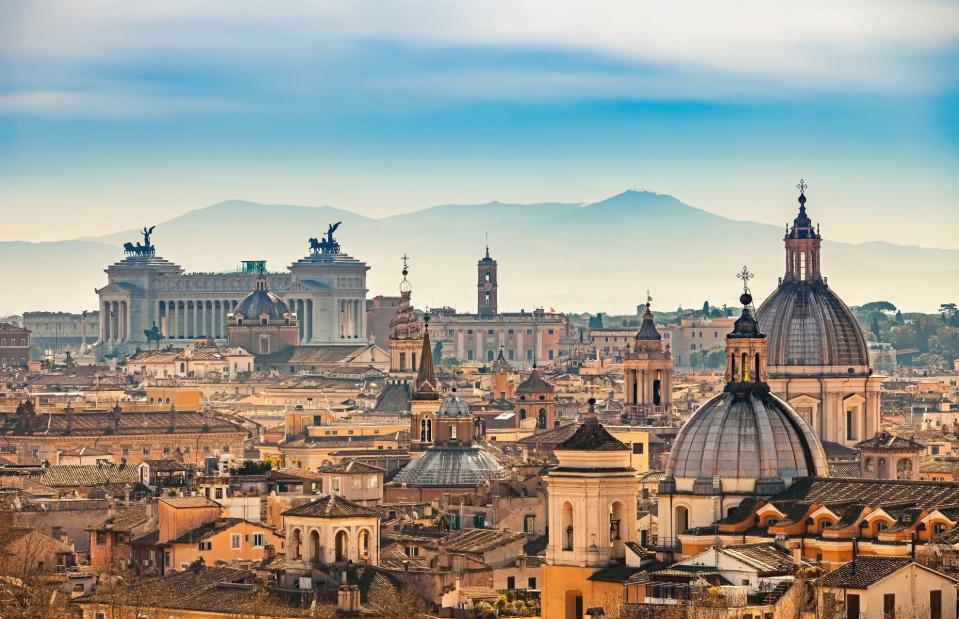
S.Borisov/Shutterstock
After a tricky few years, international travel is thriving once more – and that means the return of big crowds. This has led some destinations to put caps on visitor numbers with the aim of keeping tourism more sustainable. Here are the top destinations around the world that are limiting overtourism – and how they’re achieving it.
Thailand
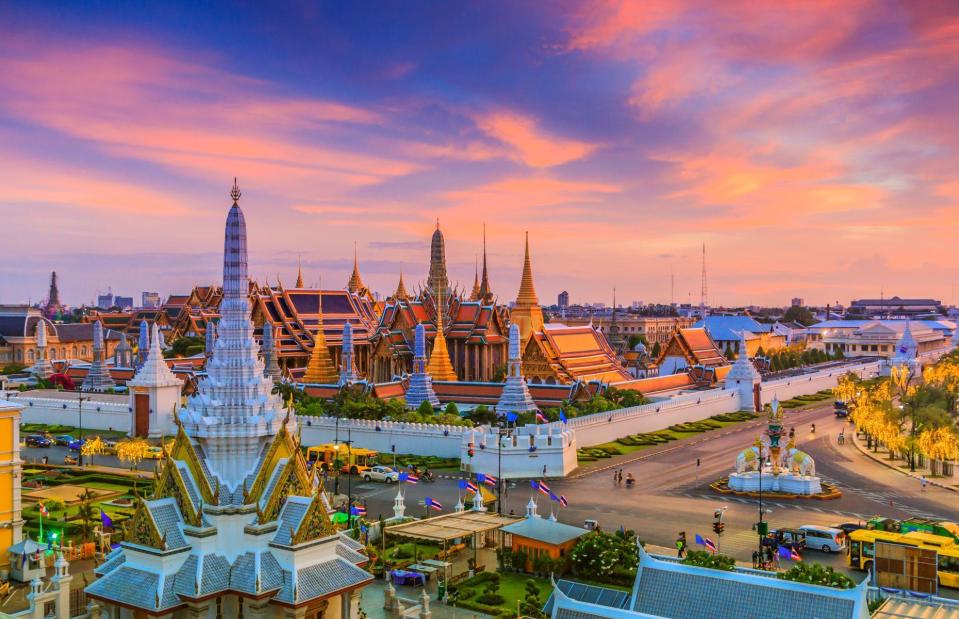
apiguide/Shutterstock
With bustling cities, incredible beaches and historic architecture, it's no wonder Thailand is high on many people's wish lists. In fact the country welcomed 11.8 million tourists in 2022 and is expected to receive more than double that number over the course of 2023. But the country is keen to keep tourism sustainable, so it announced plans to introduce a tourism tax from September 2023 (though this has since been delayed). The 300 baht (£7.44/$9.10) fee will be collected from air travellers arriving in the country and will be used towards developing destinations, such as the Grand Palace in Bangkok (pictured), as well as taking care of tourists when health insurance doesn't cover them.
French Polynesia
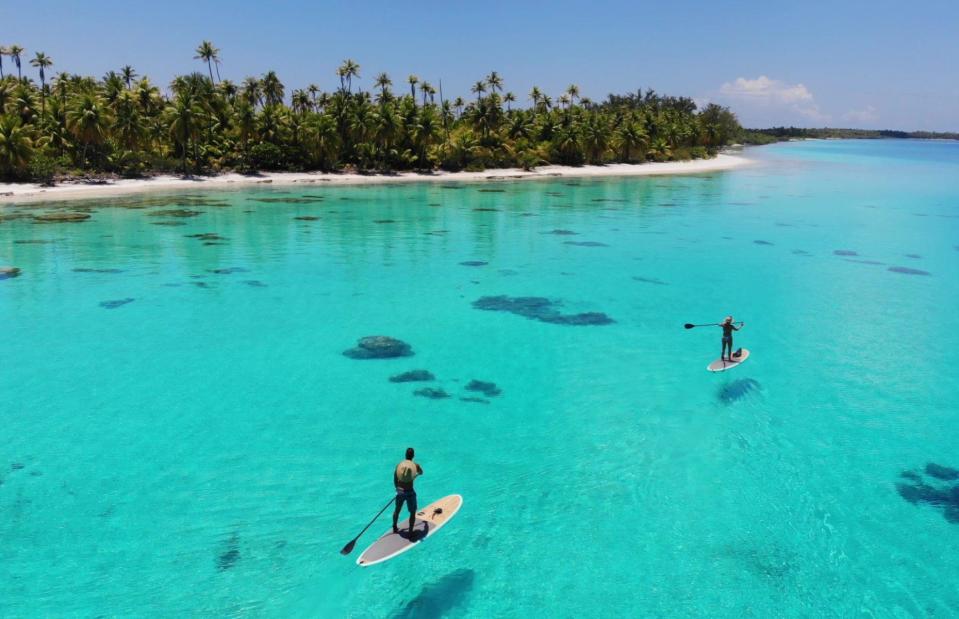
le bouil baptiste/Shutterstock
The archipelagos of French Polynesia make up a land area about the same size as Paris and London combined, but they’re spread across 130 islands in the South Pacific Ocean. These tiny isles can quickly become overwhelmed by people, which has spurred recent plans to ensure a maximum 1:1 ratio of residents to tourists. The sustainable tourism plan, which was announced in November 2022 and will apply until 2027, will mean that just 280,000 people can visit annually.
Bhutan

Khanthachai C/Shutterstock
A trailblazer when it comes to sustainable tourism, Bhutan has taken a slightly different approach to keeping visitor numbers at bay. As part of a new strategy, the nation will ask each traveller to pay a higher sustainable development fee of £163 ($200) a night – up from £53 a night ($65) in recent years. This will be put towards various development projects, including tree planting, the maintenance of footpaths and training tourism industry workers, as well as education and healthcare in the country. Bhutan is one of the few nations on Earth that is carbon negative, meaning it offsets more emissions than it produces.
Amsterdam, the Netherlands
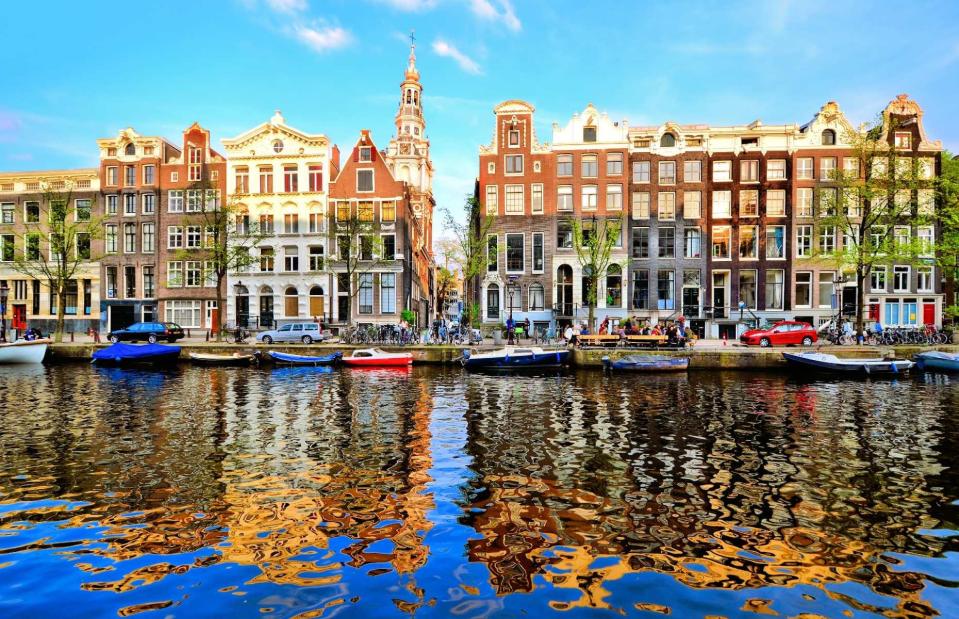
JeniFoto/Shutterstock
Visitors love Amsterdam’s gorgeous canals and historic architecture – but the crowds that have inundated the Dutch capital in recent years are becoming unsustainable. That’s why, in November 2022, officials announced a new plan to keep the city liveable. Measures include limits on the number of river cruises, earlier closing times for venues in the Red Light District, measures to tackle rowdy groups and a tightening of policies on holiday rentals and B&Bs.
Boracay, Philippines
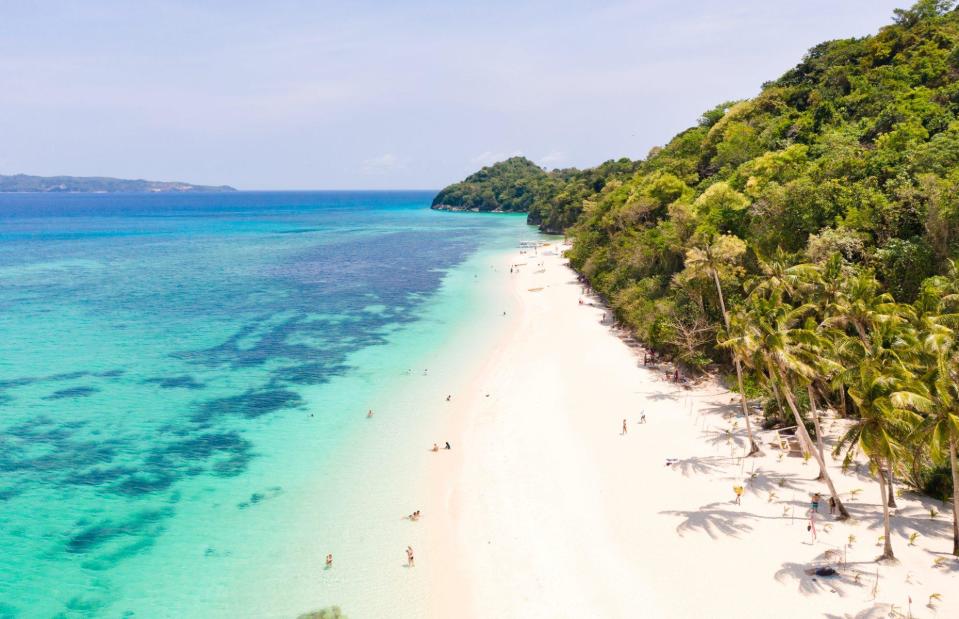
Tatiana Nurieva/Shutterstock
With its jewel-bright waters, pristine sands and swaying palm trees, the Philippine island of Boracay is the definition of a tropical paradise. Yet it’s in danger of being swallowed up by crowds. To tackle growing visitor numbers, the local government requires visitors to register with the Municipal Tourism Office, which should mean that no more than 19,215 tourists are on the island at any time.
Machu Picchu, Peru
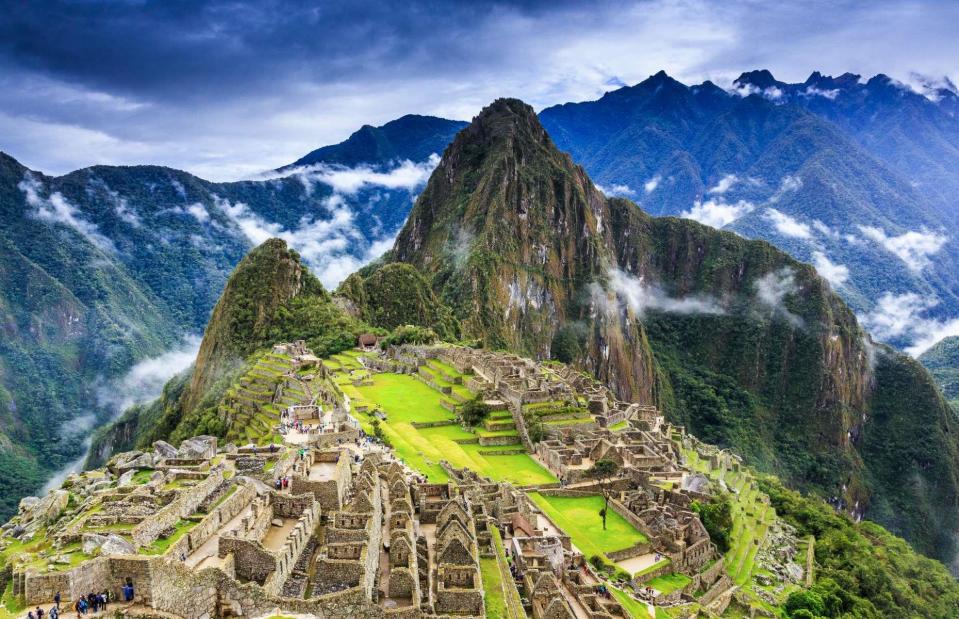
SCStock/Shutterstock
Each year, hordes of people head to the Inca city of Machu Picchu. In 2021 it hosted around 448,000 visitors, while in 2019 before the pandemic a massive 1.5 million tourists descended on the sacred site. To preserve the ancient wonder, tourist numbers have been capped at 2,500 a day, and those wishing to visit must purchase an entry ticket online ahead of schedule. It’s also necessary for all travellers to attend with a tour guide, with group sizes limited to 10 people per guide.
Dubrovnik, Croatia
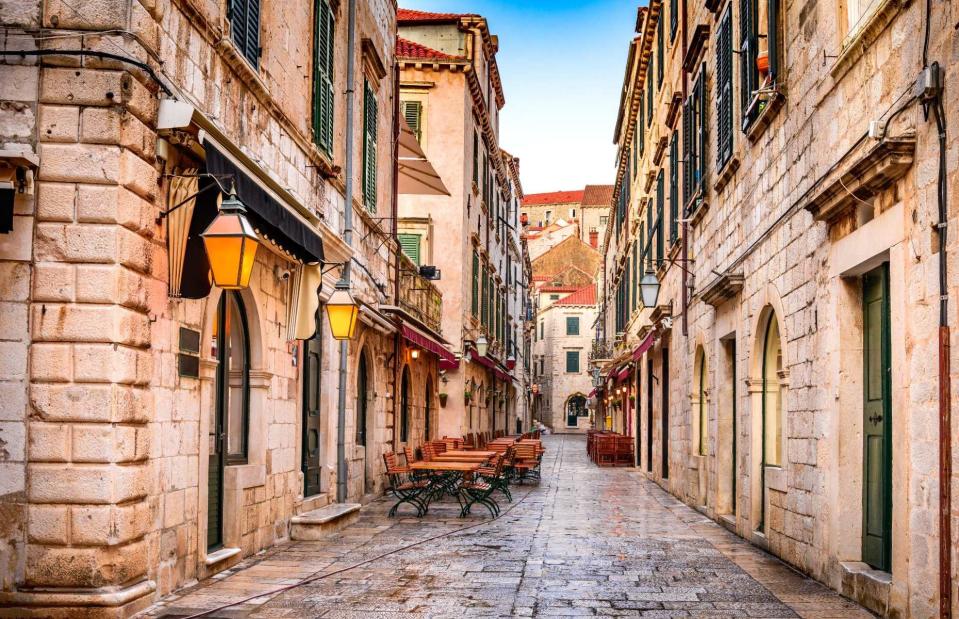
ecstk22/Shutterstock
Overtourism became such a problem in Dubrovnik that, in 2016, UNESCO announced it was at risk of losing its World Heritage Site status. So the city announced a slew of measures to clamp down on overcrowding. Now, visitor numbers coming from cruise ships are capped at 4,000 a day, the number of souvenir stands has been cut by 80% and the number of restaurant tables and chairs has been reduced by 30%.
Santorini, Greece
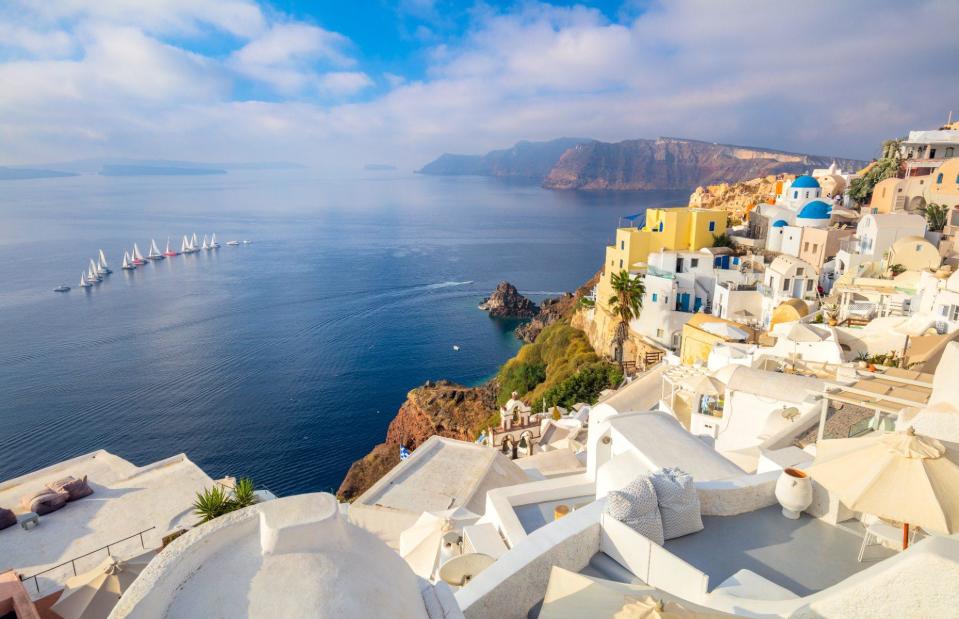
Taiga/Shutterstock
Another destination cracking down on cruise ships is the picture-perfect island of Santorini. The Greek isle, famed for its blue-and-white buildings set on dramatic coastlines, received an enormous two million tourists in 2018, with claims there were as many as 18,000 visitors from cruise ships alone on the busiest days. To combat this, officials capped cruise passenger arrivals at 8,000 per day from 2019.
US national parks
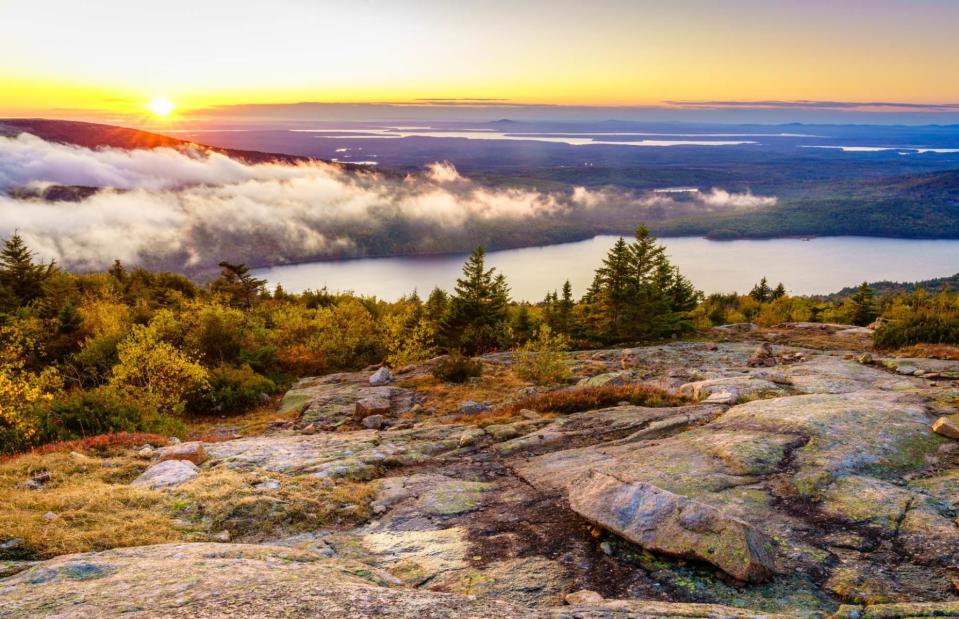
Alexey Stiop/Shutterstock
More than 423 National Park System sites, covering more than 84 million acres of land, can be found across America and its territories. And while these stunning places offer a perfect opportunity for domestic and international tourists to explore the great outdoors, some are at risk of being overrun by visitors. To combat this, many popular sites have employed reservation systems to curb numbers. These include Acadia (pictured), Arches, Glacier, Rocky Mountain, Shenandoah and Zion national parks.
Spain
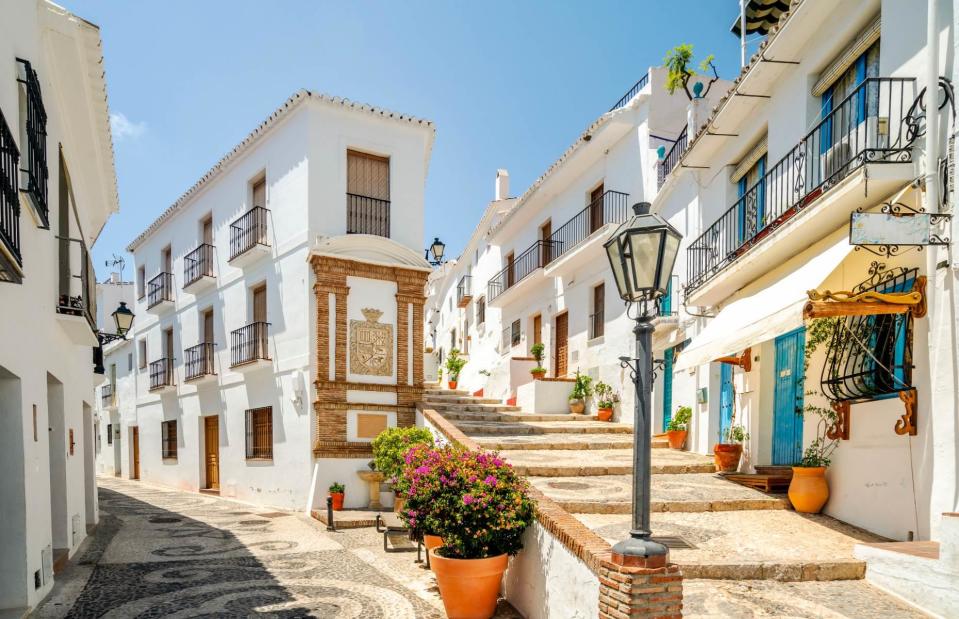
Sopotnicki/Shutterstock
Another country that's struggled with the tourist influx during the summer months is Spain. That’s why many of its most popular spots have introduced restrictions. For instance, Andalusia’s Donana National Park only allows 886 people a day on the routes from Huelva to El Acebuche and El Rocío, while the Basque country islet of San Juan de Gaztelugatxe has a cap of 1,500 people a day.
Barcelona, Spain
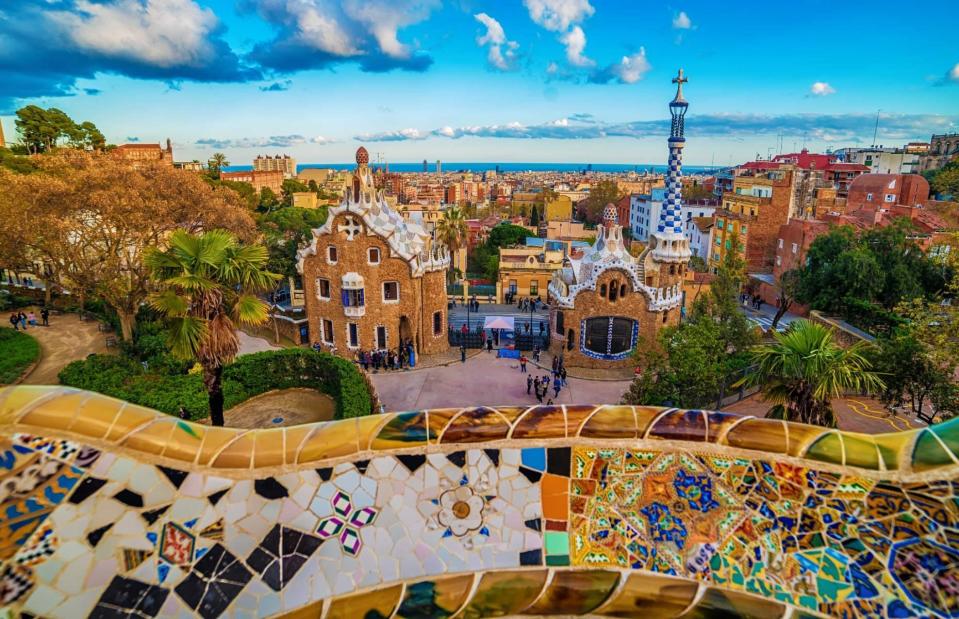
krivinis/Shutterstock
Travellers flock to this Spanish city for its food, sunshine and gorgeous architecture among other attributes. But the hotspot has had to put stricter regulations in place to stop its streets becoming clogged with crowds. In summer 2022, it was announced that tour groups in the historic centre would be capped at 30 people, while groups in smaller areas would be limited to 15 people. The city has also banned the use of megaphones and created one-way systems on 24 of its streets and squares to keep crowds moving.
Mallorca, Spain
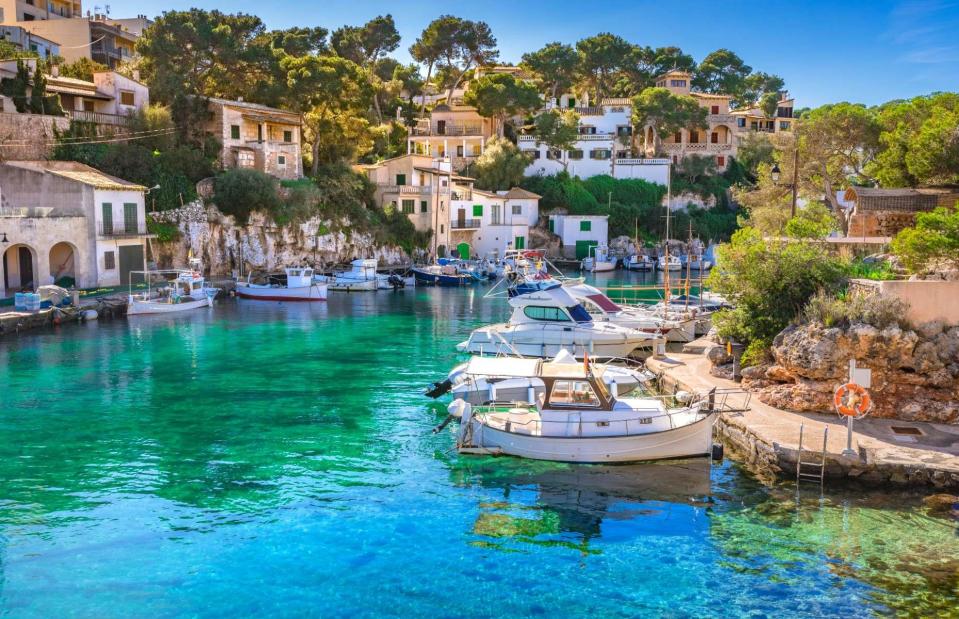
vulcano/Shutterstock
The Balearic island of Mallorca is a hotspot for tourists with many resorts and beaches that become packed in warm weather. In a bid to tackle overcrowding, the Mallorca Council has outlined a new plan, with steps including reducing the number of hotel beds to 430,000 across the entire island, as well as increasing inspections to tackle illegal holiday lets. It’s hoped that the measures will shift the focus from quantity to quality when it comes to tourism.
Mount Everest, Nepal
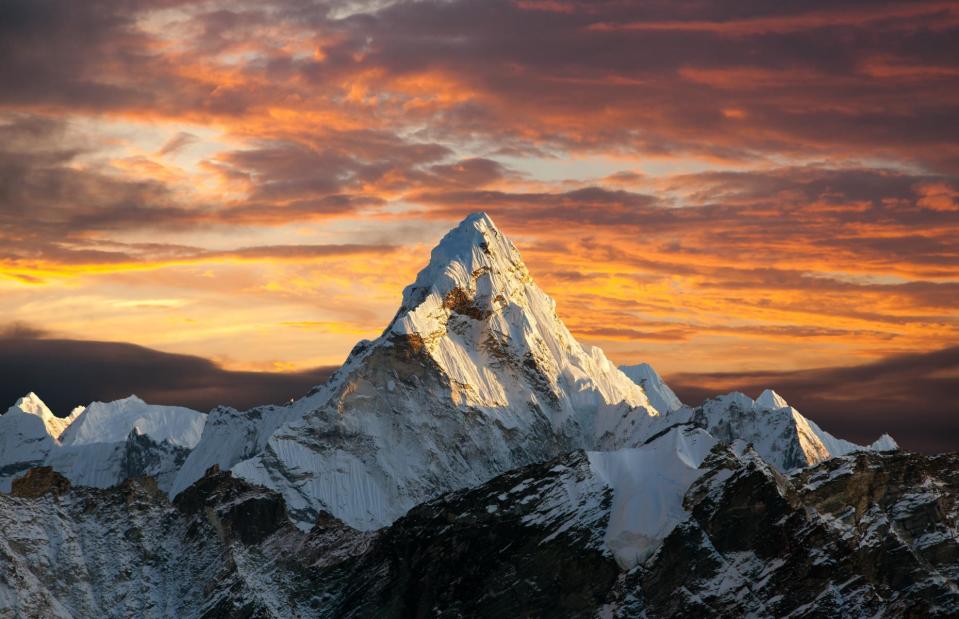
Daniel Prudek/Shutterstock
Few could forget the shocking image of queuing crowds at the summit of Mount Everest that went viral in May 2019. Overtourism can cause structural harm to the mountain, but it can also lead to dangerous conditions and a higher number of fatalities. To mitigate the problem, Nepal has introduced a quota system to limit the numbers travelling up the peak. Under the new rules, climbers also have to prove that they've scaled another major mountain, while operators need at least three years’ experience to offer tours.
France
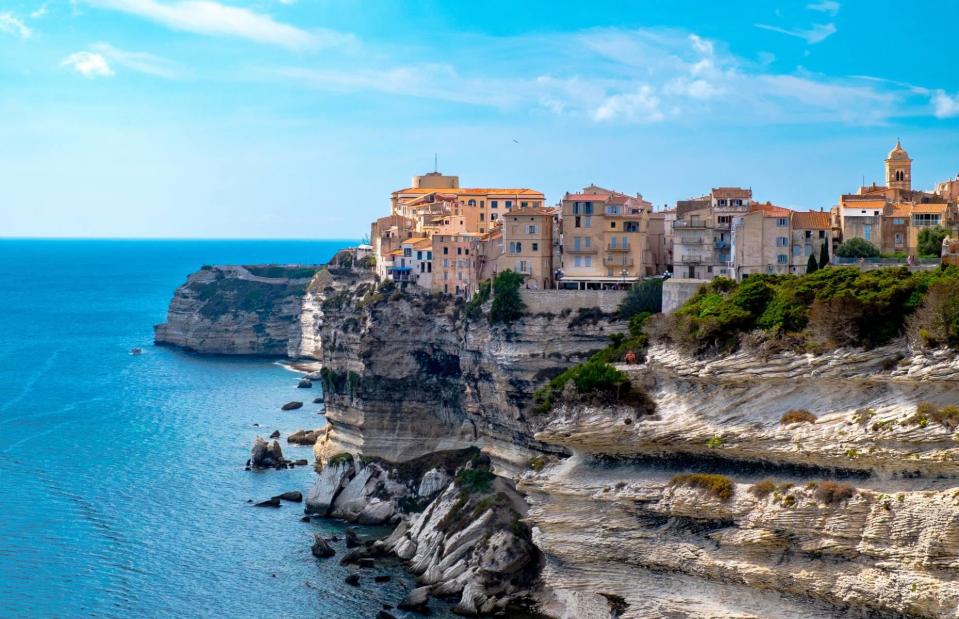
Andrea Sirri/Shutterstock
With an enormous 90 million visitors in 2019, France is the most visited country in the world – so it’s perhaps no wonder the nation has had to take steps to curb tourism. Many towns and islands in the south, including Corsica (pictured), have introduced online reservation systems to limit numbers at important attractions.
Marseille, France
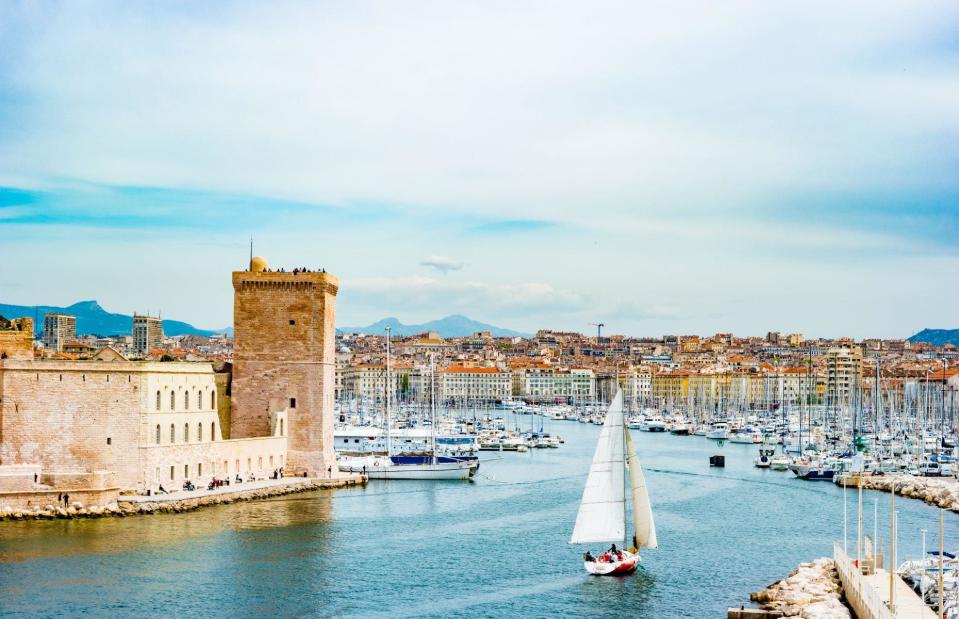
Romas Photo/Shutterstock
The second largest city in France, Marseille is known for its rugged coastline and gorgeous beaches – which attract plenty of people. To keep overtourism at bay, the Calanques National Park has dramatically dropped its daily visitor quota from 3,000 to just 400 – a move welcomed by many after the park was damaged by mass tourism in 2021. Reservations are free, but those wishing to visit must book online up to three days in advance in order to obtain a QR code to access the park.
Mont St Michel, Normandy, France
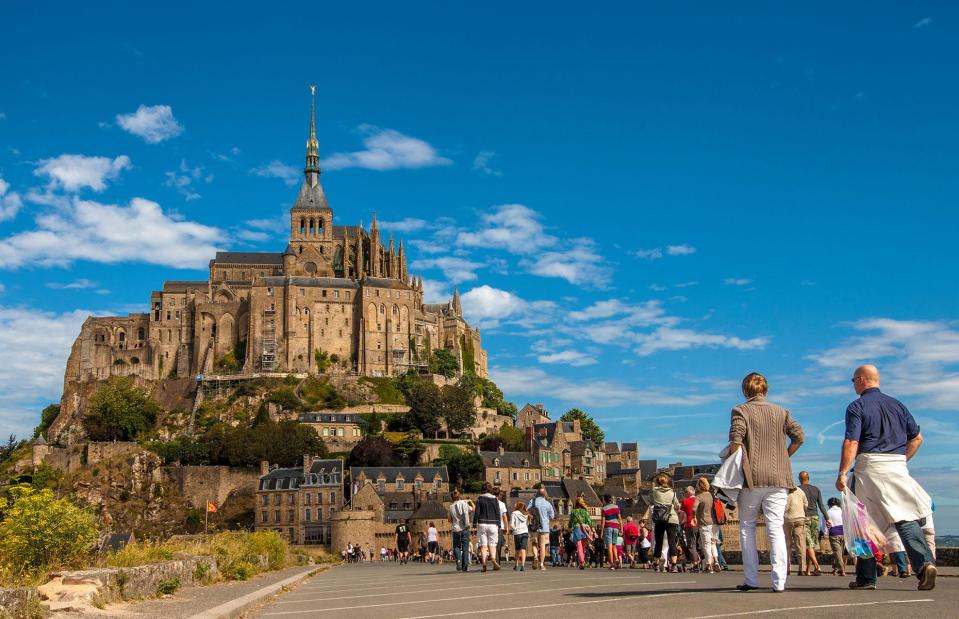
E.J. Baumeister Jr./Alamy Stock Photo
In an unusual twist to deter visitor numbers to one of its top attractions, local authorities in Normandy, France have posted images of endless queues (like the one pictured) to stop more tourists from coming. Mont St Michel, a famous 10th-century abbey, attracted 60,000 visitors in one weekend in late May 2023, forcing those in charge to declare the site could no longer handle peak-time crowds. "Delay your visit!" was the message, as plans for a turnstile at the foot of the landmark may be necessary in future.
Lord Howe Island, Australia
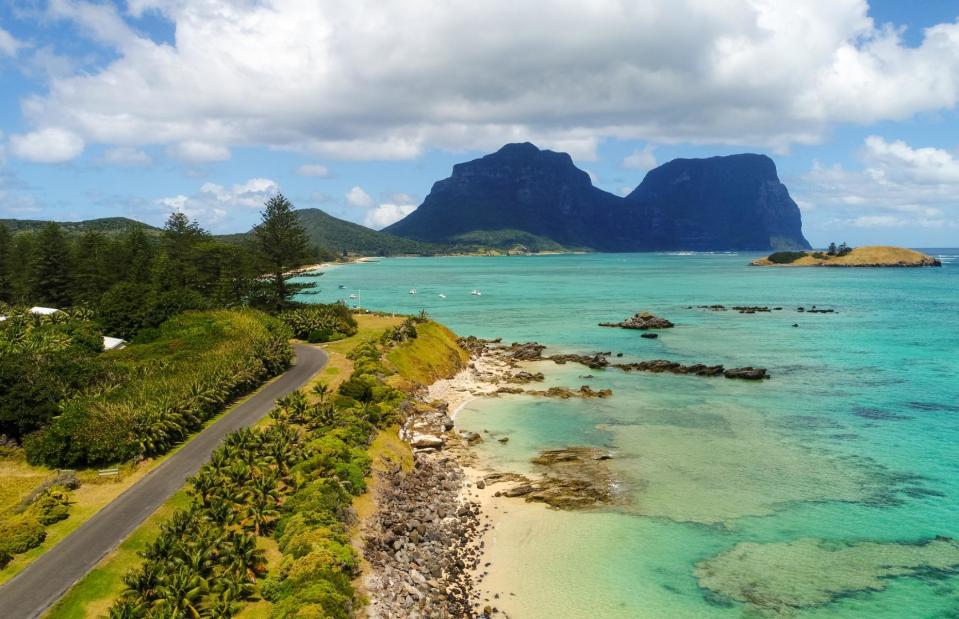
Tomacrosse/Shutterstock
Easily accessible from Sydney, the small Lord Howe Island is home to stunning natural landscapes which make it a popular escape from the mainland. Yet the destination is set on ensuring that it doesn’t become overwhelmed by tourists. That’s why no more than 400 visitors are allowed on the island at any one time – slightly above the island’s permanent population of 380.
Antarctica
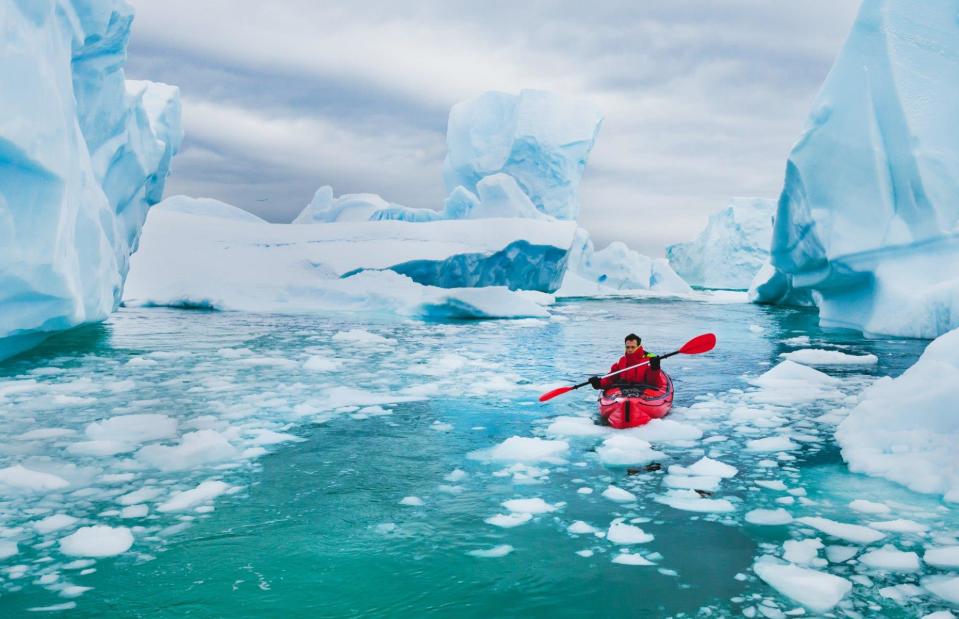
Song about summer/Shutterstock
Given that Antarctica is such an important destination for conservation and scientific research – as well as having a pretty extreme climate – it makes sense that there are strict regulations on tourism here. All visits must comply with the Antarctic Treaty, which stipulates that a maximum of 100 visitors can be ashore at once, while vessels, hovercraft and boats must not disturb wildlife in any way, among a variety of other guidelines. Visits can only happen if they’ve been approved in advance by the relevant national authority.
Seychelles
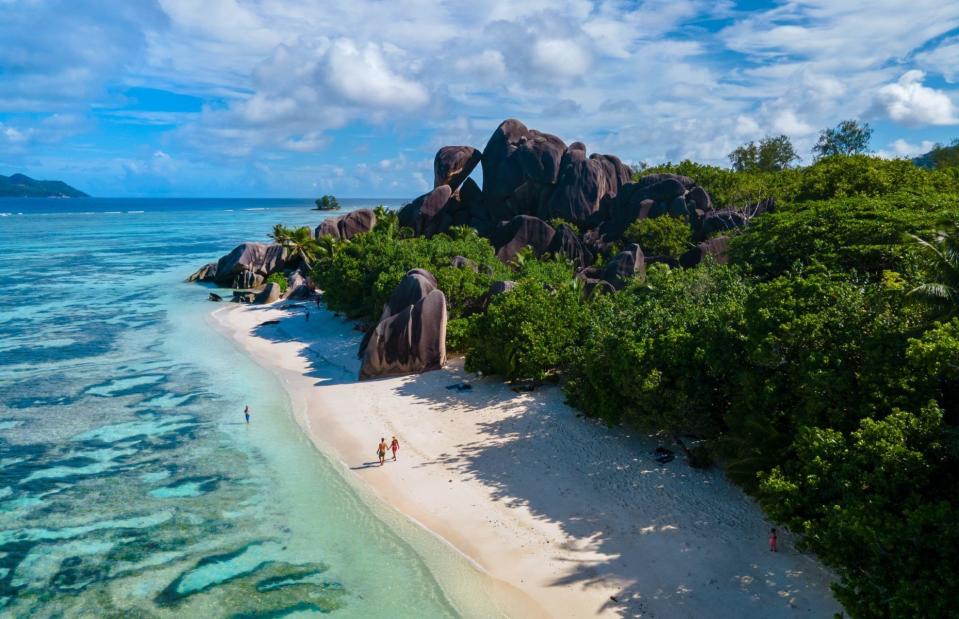
fokke baarssen/Shutterstock
Famed for their idyllic sandy beaches, the Seychelles have seen a huge uptick in tourism in the last couple of decades. In fact, in 2018, the islands hosted around 360,000 tourists – roughly four times the country’s population. To keep tourism sustainable, the government has placed a moratorium on the building of large resorts in favour of smaller, locally-run lodgings until December 2023, while there's also been talk of putting a cap on total visitor numbers.
The Forbidden City, China
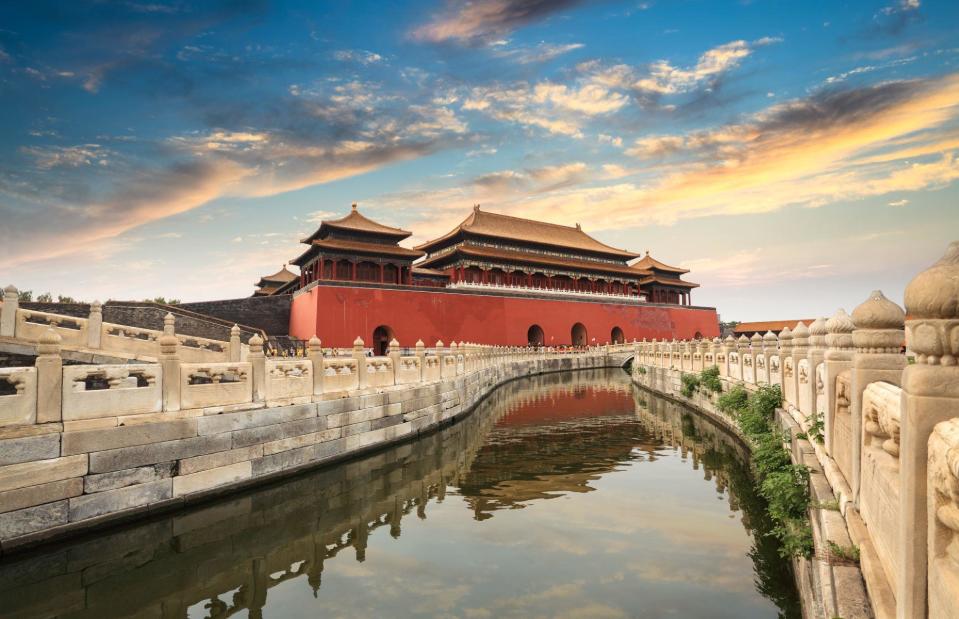
chuyuss/Shutterstock
Among the most popular attractions in China is the Forbidden City, Beijing’s former imperial palace. The 600-year-old World Heritage Site has been known to attract as many as 140,000 visitors daily in recent years, which spurred officials to impose a cap: since 2015, no more than 80,000 people can visit per day. The price will also be lowered during the low season, in the hope of attracting more tourists to visit while it’s quieter.
Bruges, Belgium
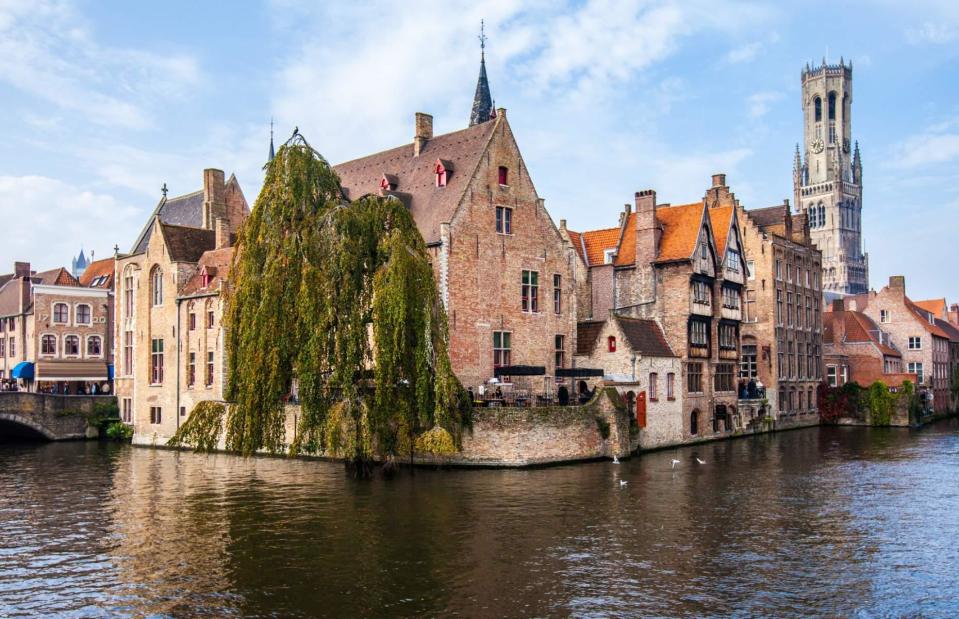
Hippo1947/Shutterstock
Nicknamed the ‘Venice of the North’ thanks to its charming canals, Bruges has long been a hit with tourists. But the compact city quickly becomes overwhelmed by visitors, which has led the mayor to introduce several steps to prevent so-called ‘Disneyfication’. The number of cruises allowed to dock at the city’s ports has been cut from five to two per day, with ships requested to dock on weekdays to prevent overcrowding. There is also a ban on advertising campaigns targeting day-trippers, with a focus on travellers who stay longer and invest in Bruges’ hotels, museums and attractions.
Fernando de Noronha, Brazil

Rodrigo S Coelho/Shutterstock
A volcanic archipelago off the northeast coast of Brazil, Fernando de Noronha has been listed as a UNESCO World Heritage Site for its stunning scenery. In order to protect the pristine natural environment, the islands have introduced a number of measures aimed at limiting tourists. These include admission fees for the national park, 70% of which are used for conservation, as well as a daily environmental protection fee put towards maintaining the islands.
Venice, Italy
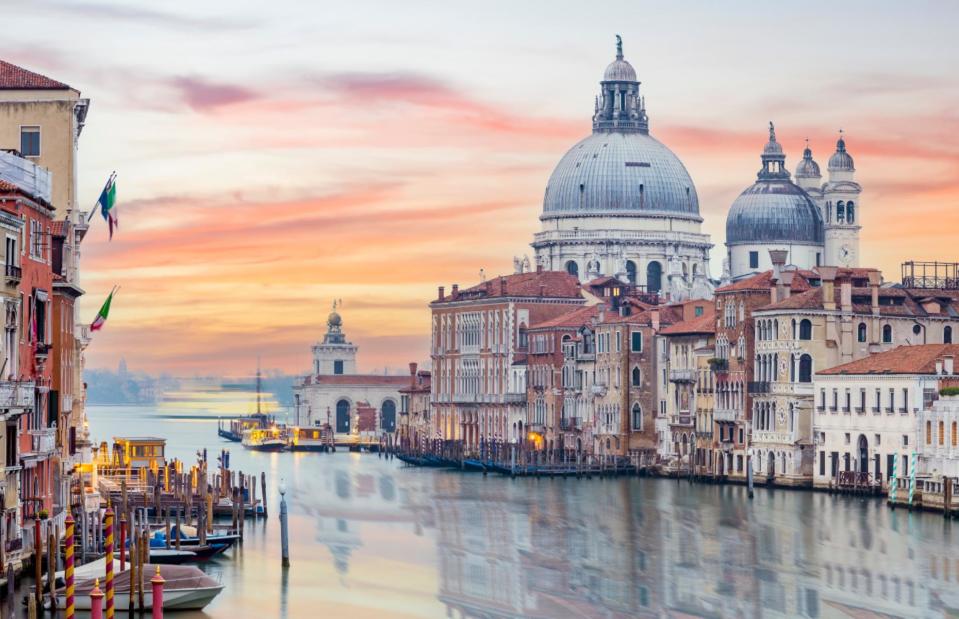
travelwild/Shutterstock
One of Europe’s most notoriously popular cities, Venice’s trademark canals and labyrinthine streets can quickly become clogged with visitors, with as many as 100,000 people visiting every day in previous years. So the city has announced new measures to limit day-trippers – from spring 2024, anyone wishing to visit must book ahead online and pay a €5 (£4.20/$5.28) fee to enter. The metropolis has also banned cruise ships from the historic centre, as the vessels are considered a leading cause of pollution and are said to be eroding the foundations of the city.
Amalfi Coast, Italy
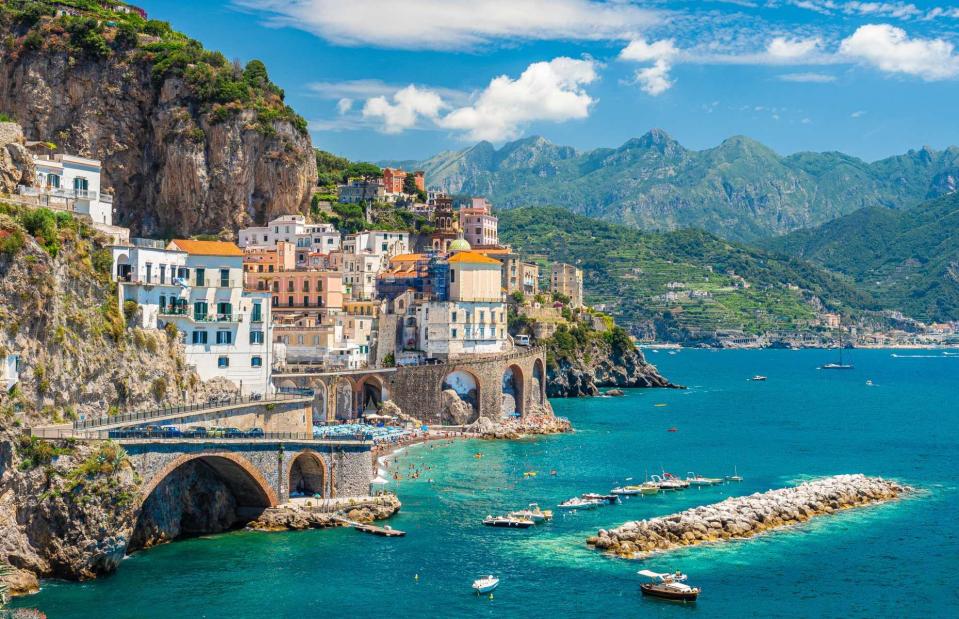
Balate Dorin/Shutterstock
Famed for its gorgeous coastlines topped by picturesque towns, Italy’s Amalfi Coast has long been a tourist hotspot. Yet the beloved destination has lately become just as well-known for its traffic as its scenery – although a new scheme aims to curtail that. As of June 2022, during the peak season, cars with number plates ending in odd digits must only travel along the busy road between Vietri sul Mare and Positano on even-numbered dates, while even-numbered cars can only travel on odd dates.
Rome, Italy
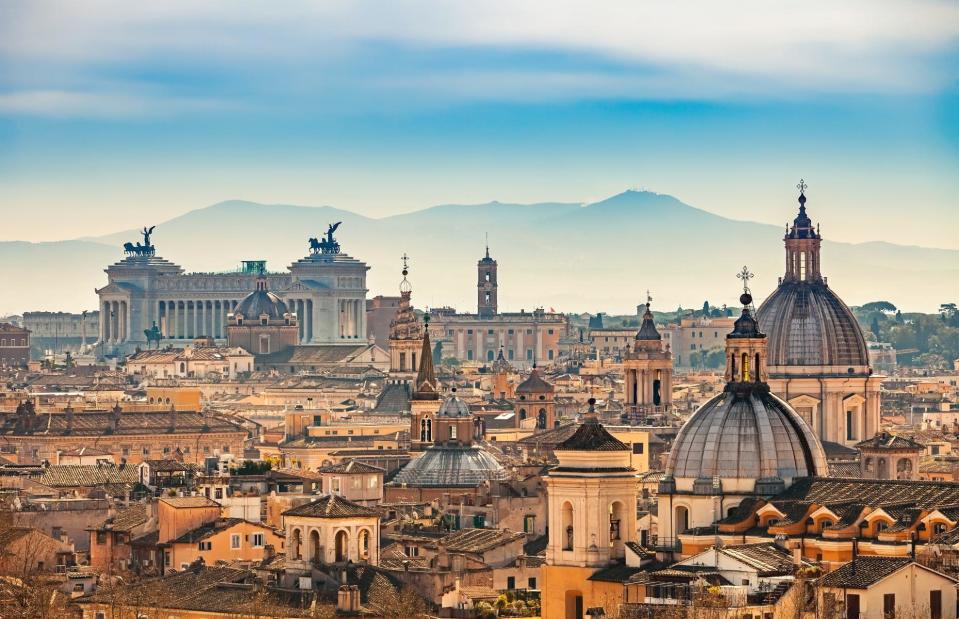
S.Borisov/Shutterstock
While Italy’s capital is yet to introduce a limit on visitor numbers, it has taken several steps to crack down on badly-behaved tourists. Rome has banned the practice of attaching padlocks to bridges, eating messy foods near fountains and men being topless in public. It’s also illegal for ticket touts to sell ‘skip the line’ passes near popular attractions, as is hauling suitcases or pushchairs up the famed Spanish Steps.
Iriomote, Japan
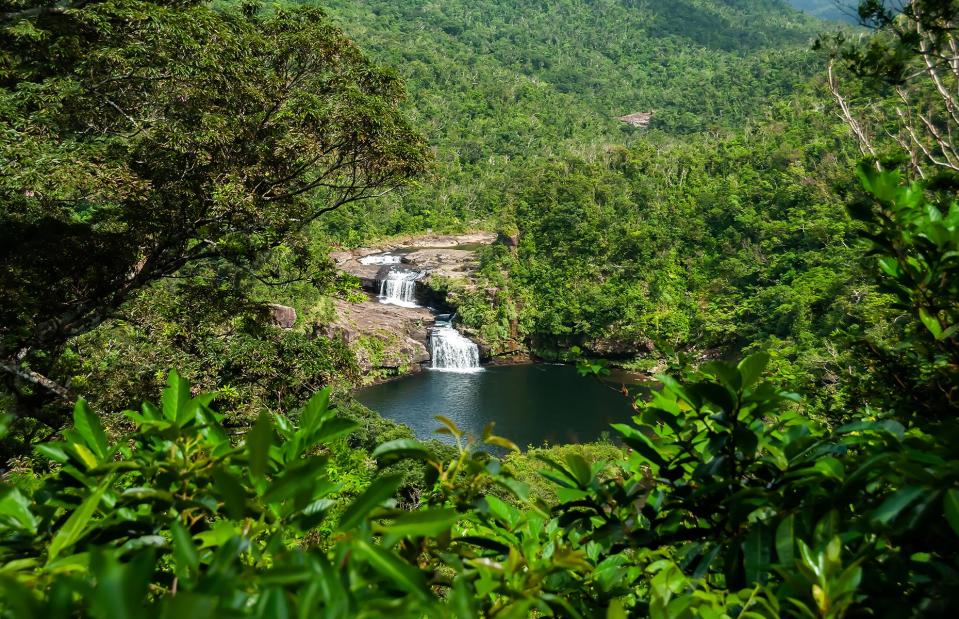
Renata Barbarino/Shutterstock
The lush paradise of Iriomote, in Japan's subtropical Okinawa prefecture, is a haven for flora and fauna of all kinds, including the critically endangered Iriomote wild cat. It's so gorgeous that in 2021, Iriomote was made a UNESCO World Natural Heritage Site (along with other islands in the region). However, the sparsely-populated island's unspoilt beauty was threatened by hundreds of thousands of annual tourists, so in April 2023 the Okinawan government imposed a cap of 1,200 visitors per day.
Now check out these unmissable experiences to enjoy in Japan


